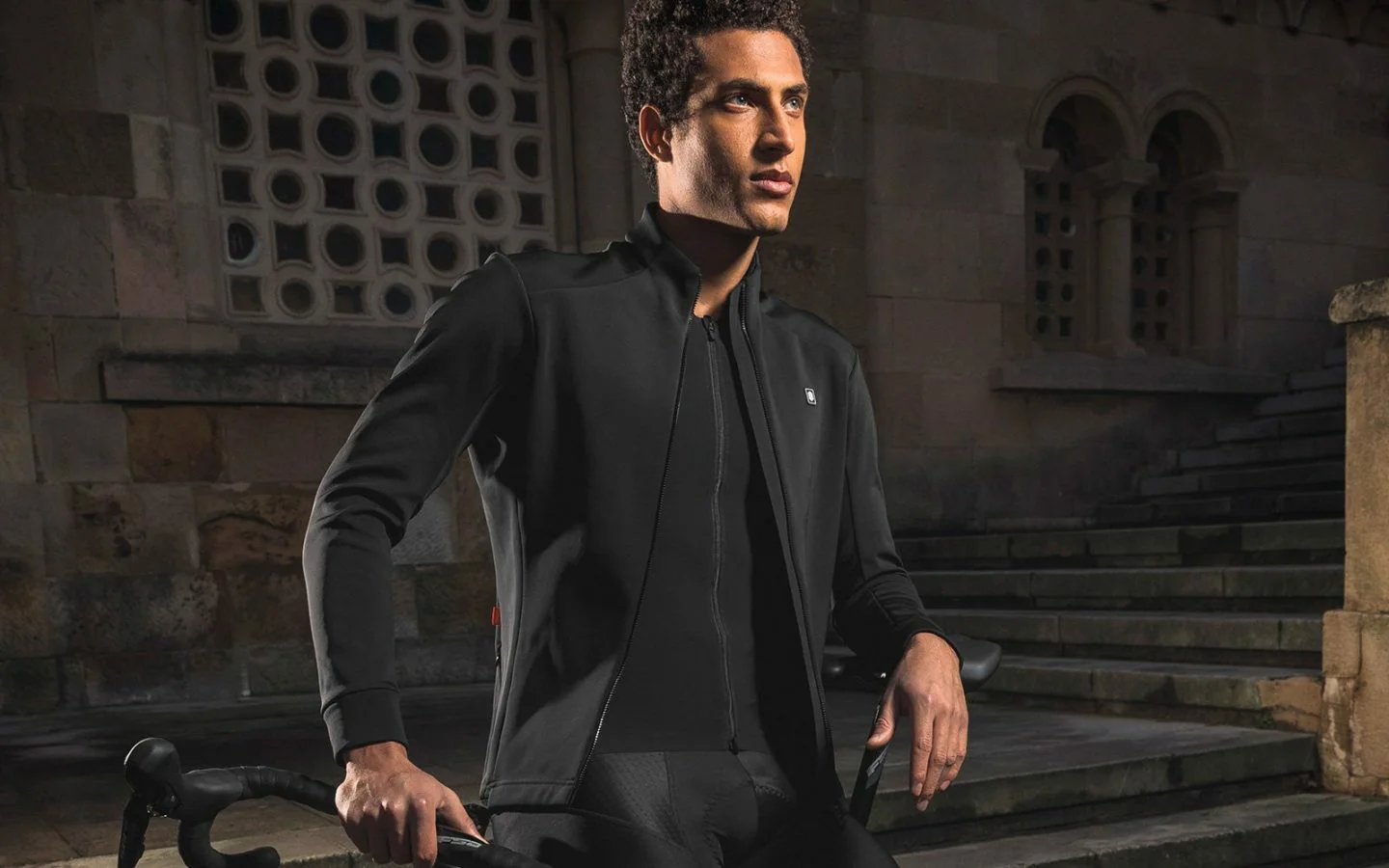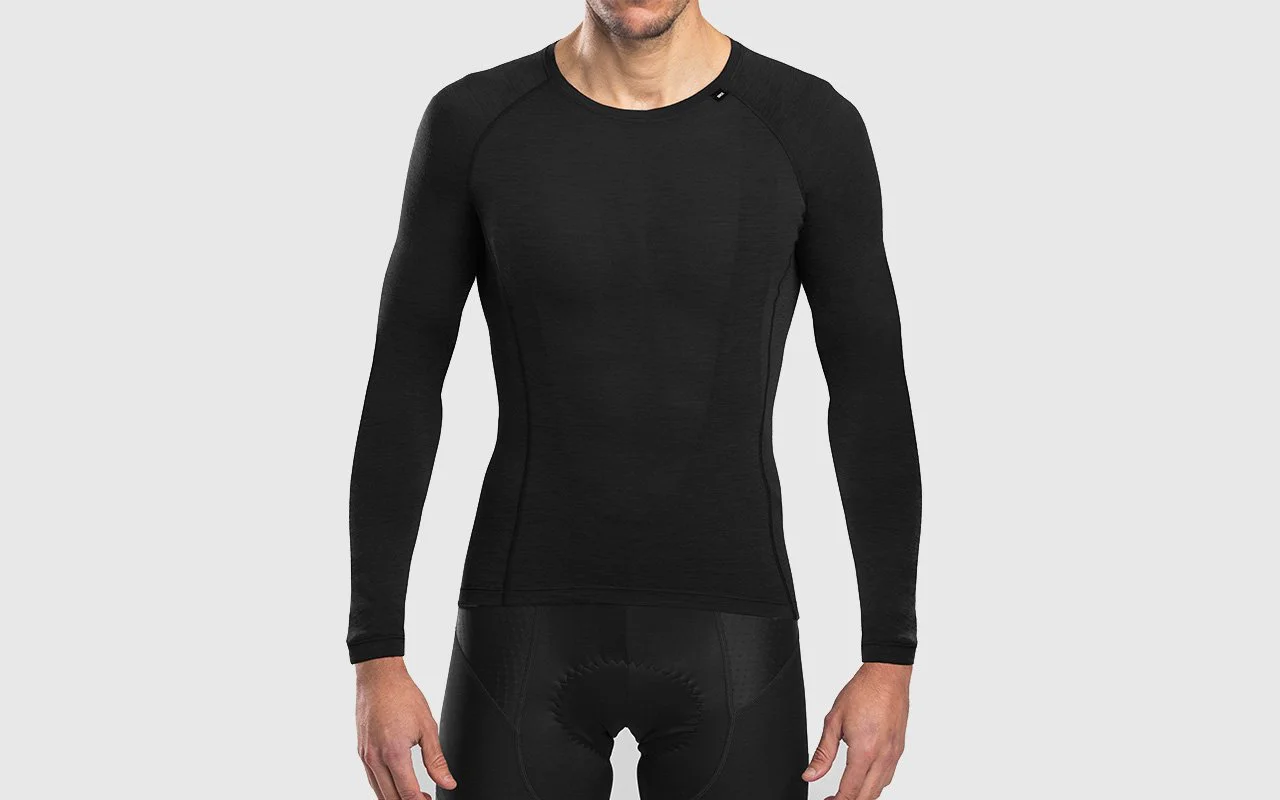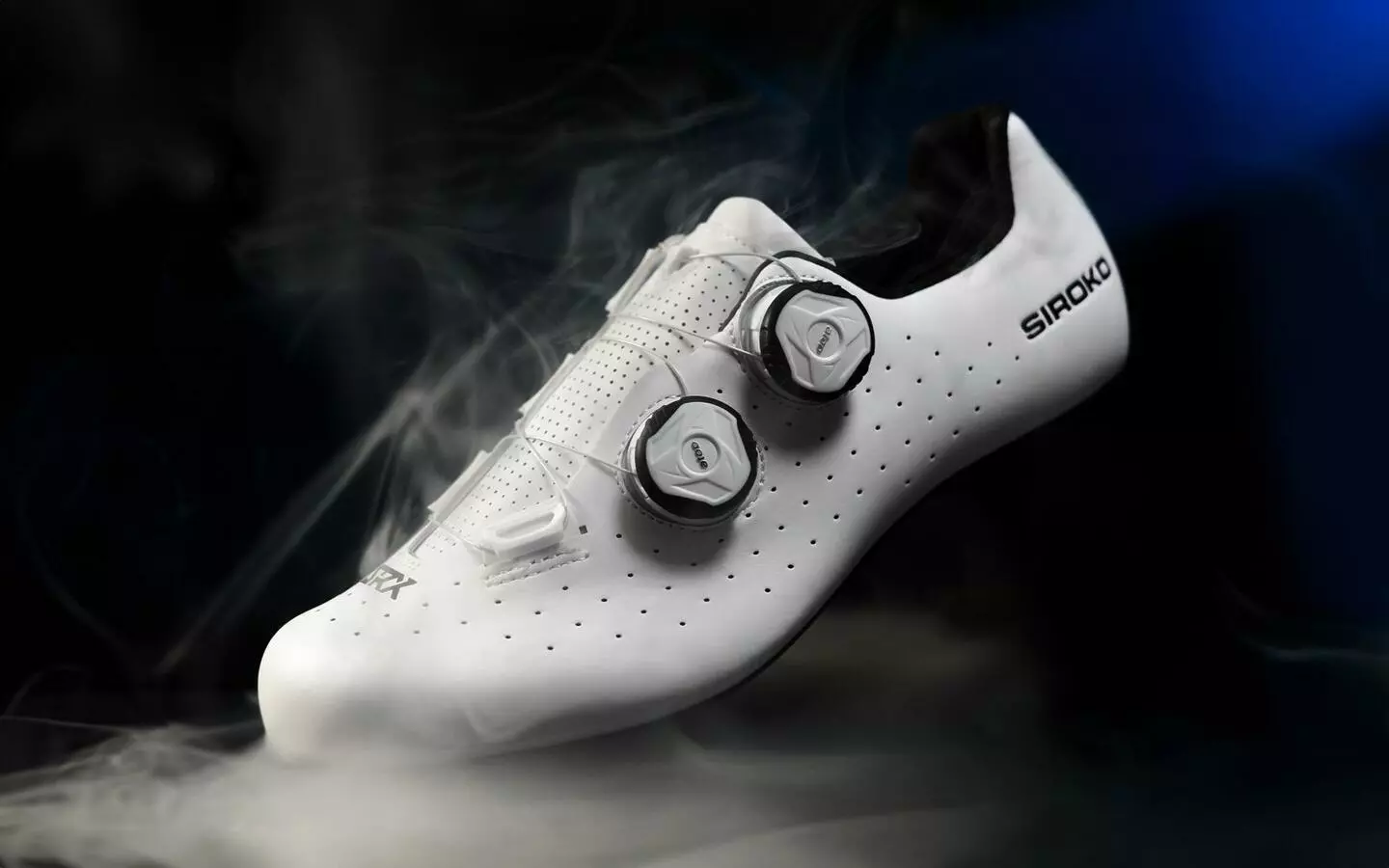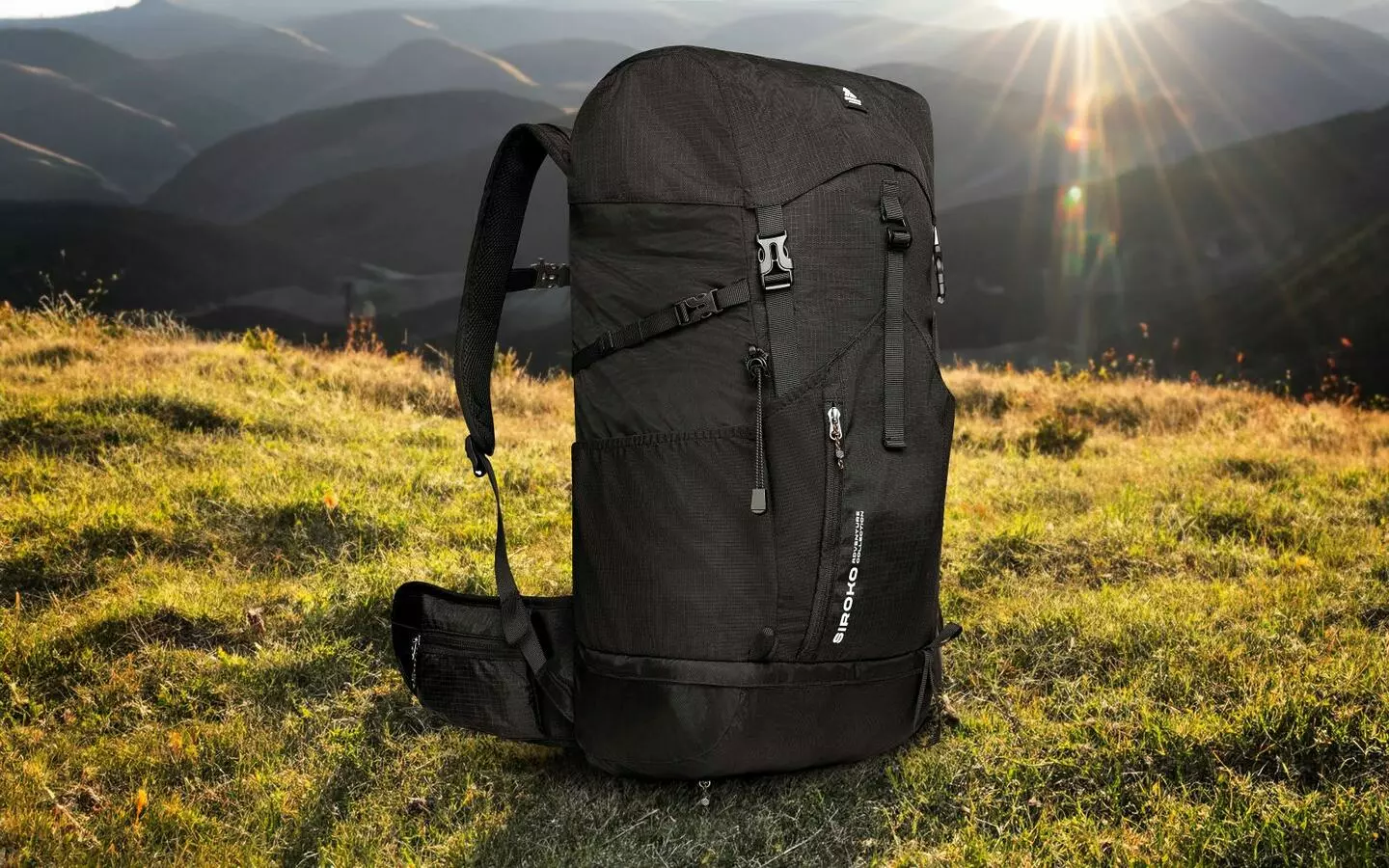In this article we are going to give you recommendations on how to protect your core: the engine that generates most of the body heat that is then redistributed to different parts of the body with blood flow.
Until recently, the art of layering by using three garments in winter or when it’s cold or raining was widely applied. The appearance of dual-functional fabrics, such as softshell, has questioned this “theory” because thanks to a single garment we can achieve two of the functionalities obtained using three different garments: protection against the wind and cold, and thermal insulation that retains our body heat.
This new multifunctional garment, which usually serves as a mid-layer for insulation, can also be an outer or inner layer. This way we only need two garments to protect our body from the cold and wind, stay warm and wick away perspiration.
Nevertheless, we’ll describe in detail the function of each of the three garments along with some tips to help you choose a combination that fits your needs and the climate where you live or travel to:
BASE LAYER:
Responsible for wicking away perspiration and keeping you dry.
It should be very tight and fit like a second skin. Base layers are usually made of synthetic fibers or merino wool, a natural thermoregulating fabric that will keep you cool on warm days, and warm and dry on colder days. You can choose among short-sleeved, long-sleeved and sleeveless versions. The thicker the fabric, the heavier and warmer it is. Be careful, if it’s too thick it can make you sweat excessively.
MID-LAYER:
Ensures thermal insulation by keeping out the cold and retaining the heat generated by your body.
This is the most technical garment as it has to reach a balance between breathability and heat retention. Such a complex combination is possible thanks to a 3-layer softshell fabric. The outer layer protects you from the wind and light rain (to some extent, remember that it’s not a waterproof rain jacket). The middle layer counts on a membrane that prevents cold air from penetrating the garment and reaching your body. Finally, the inner layer is made of a thermoregulating lining that keeps you warm.
There is a wide variety of options for this garment: without inner lining, more waterproofing, thinner or thicker to protect against the cold and wind, etc. Each one is designed for a specific temperature range and weather conditions.
OUTER LAYER:
windproof cycling vests are the garment that will protect you from the wind and waterproof rain jackets are the layer that will keep you dry on rainy days.
Bear in mind that most windproof cycling vests do not usually protect you from more than a light drizzle, while other, more technical garments, such as rain jackets, are water resistant and could even be waterproof. Allowing high breathability while using this third garment is tricky, as being 100% waterproof, it blocks the evaporation of perspiration released by two previous garments and locks the moisture inside. Therefore, it’s important to use this third garment only when necessary.
When choosing a combination of garments that suits you best, take into account four main features: protection, breathability, weight and comfort.
- All garments must protect you from the cold and wind and be breathable enough at the same time to avoid perspiration accumulation inside. If they retain moisture and do not dry properly, you will end up getting cold.
- Weight is an important factor in each of the three garments. The lighter they are, the better, but keep in mind that a lightweight garment means lower weight of the fabric and therefore less protection. It’s best to find a balance between them.
- Comfort on the bike is paramount, that’s why each garment must fit well both our body and each other. There is no point in wearing a base layer that fits perfectly if the outer garment is too big, letting the air get in easily. Nor should they be overly tight as blood must flow to maintain body heat and, no matter how elastic the fabrics are, if you are stuffed in them, your movements will be limited and you’ll have a hard time handling the bike properly.
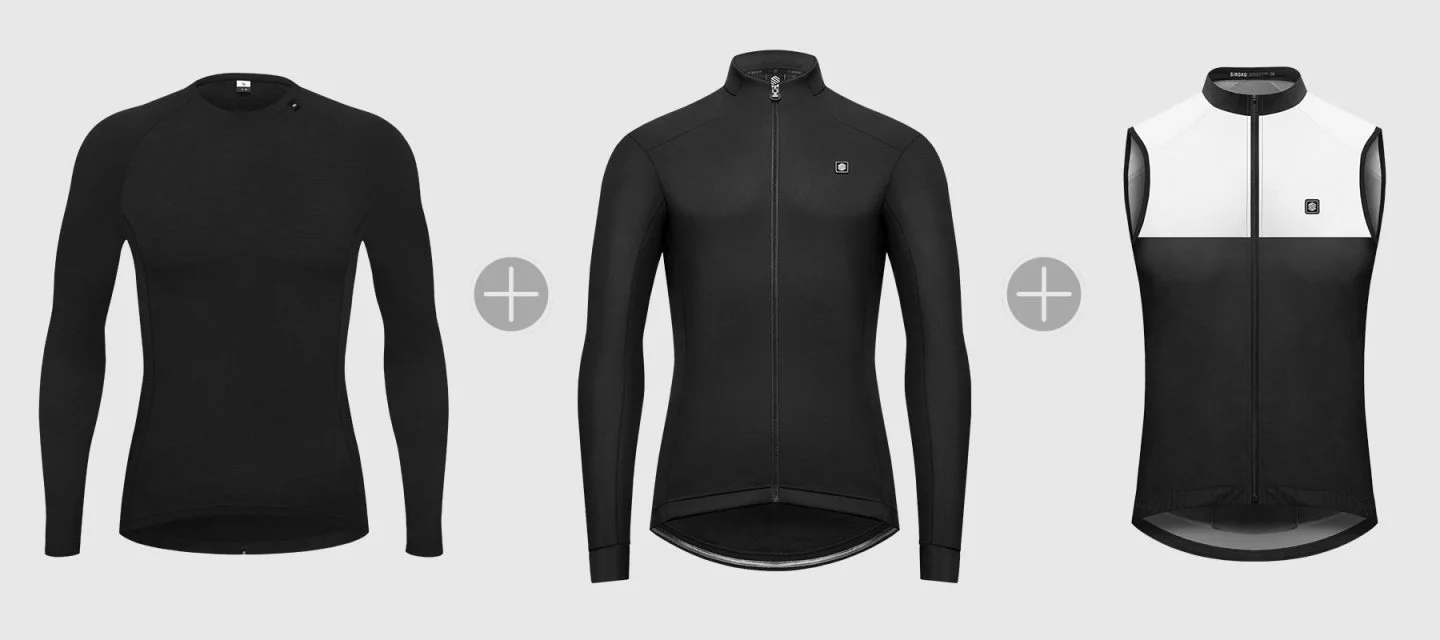
Finally, every cyclist is different, so even in the same circumstances, a combination of garments that works for one person may be too much or too little for another. Your workmate who always turns up the AC in the office while you’re shivering won’t need as much protection as you do. We are all different and have different needs, but it’s wiser to risk overdoing it than not doing it right. It’s better to take off some clothes or unzip a vest than to be cold.
